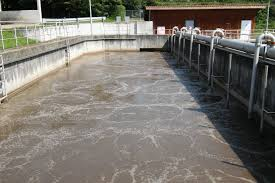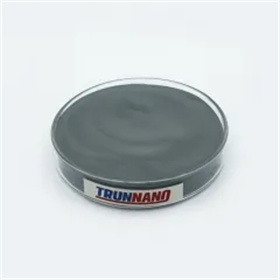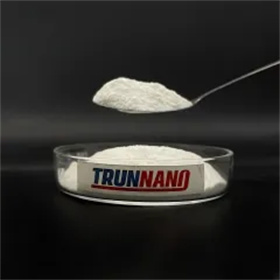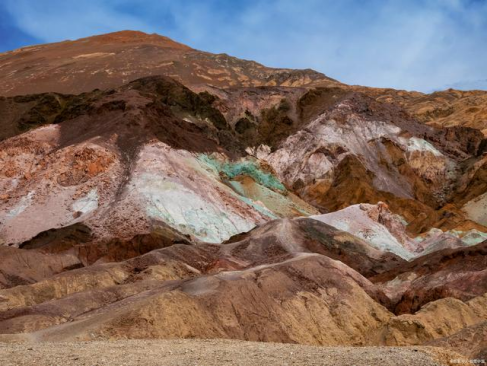Controversy and Substitutes of Sodium Lauryl Sulfate
Sodium Lauryl Sulfate (SLS), a widely used surfactant, is important in personal care and home cleaning products. However, the controversy...
Betaine surfactants Ethoxylated lanolin CAS 61790-81-6;8039-09-6
Betaine surfactants It is generated by the reaction of fatty tertiary amines and sodium chloroacetate, including cocoylpropyl betaine, dodecyl betaine,...
Surfactant-enhanced ultrasonic extraction of polymer substances from remaining sludge lauryl sulfate
Wastewater resource use is the future growth instructions of sewage therapy and is also an inevitable need for lasting human...
What effect does sodium silicate have on bauxite flotation? sodium silicate solution
What impact does salt silicate have on bauxite flotation? (Bauxite) Salt silicate kinds adversely charged silicic acid colloidal fragments and...
In this study, the effects of homogenization and solution treatment time on the mechanical properties and fracture mechanism of Inconel...
Why does the United States insist on using 110V voltage? Reasons you can never imagine!
This question may make you curious because, in modern society, most countries have switched to 220V power supply. Surprisingly, however,...
Controversy and Substitutes of Sodium Lauryl Sulfate
Sodium Lauryl Sulfate (SLS), a widely used surfactant, is important in personal care and home cleaning products. However, the controversy...







